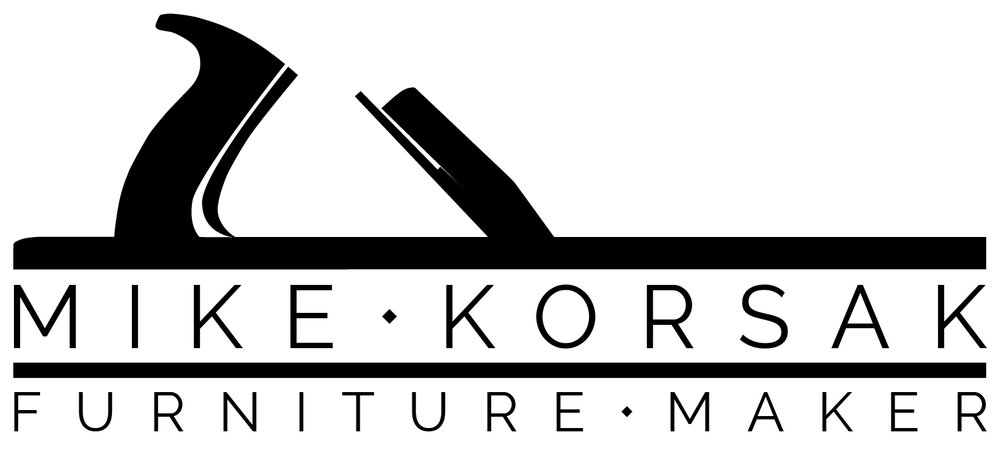The stretchers are cut and fit, the next step is to mill a recess in the top of the base to allow the case to sit inside the base. I'm doing this so that the full thickness of the case bottom is not visible.
Seeking Co-planar
Now I'm on to fairing the top of the walnut base, using a no. 62 and a block plane, plus straightedges, winding sticks and squares. The goal is to work the high points down until the top edges of the legs and aprons are co-planar (and to not tear out any of the end grain on the tops of the legs).
Creative Work Holding
The base assembly was completed yesterday. After "resting" overnight to allow the glue to cure, it was back to cleaning up the side aprons and leg to apron transitions. My setup for working the side aprons got a little creative.
Final Base Assembly Begins
Back to the sideboard after a few days visiting family in Virginia Beach. I'm beginning the assembly of the base, after working the front & back leg/apron assemblies. I prefer to break glue-ups into smaller subassemblies. Much less stress and I can focus on one joint (sometimes), rather than having to ensure multiple joints are fit properly.
Q&A
I was contacted about a post from yesterday, the one showing a "mess of slip tenons". The person who contacted me asked about what they were/how they worked. @bbomberger, this post is for you. Instead of a traditional mortise and tenon, we make a mortise in both parts being joined together and then insert a long slip tenon into both mortises. Same idea as a doweled joint, just a bit different.





